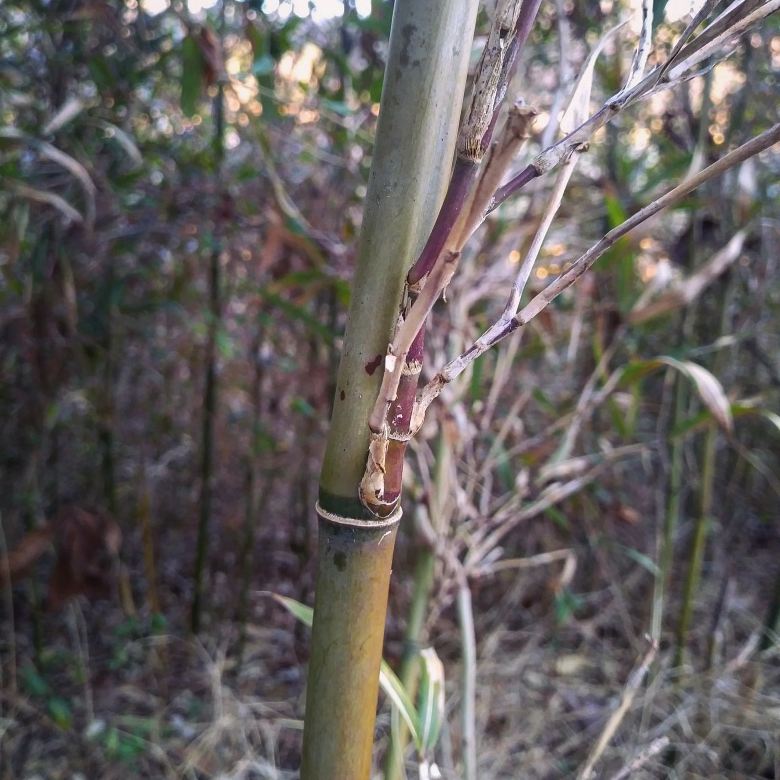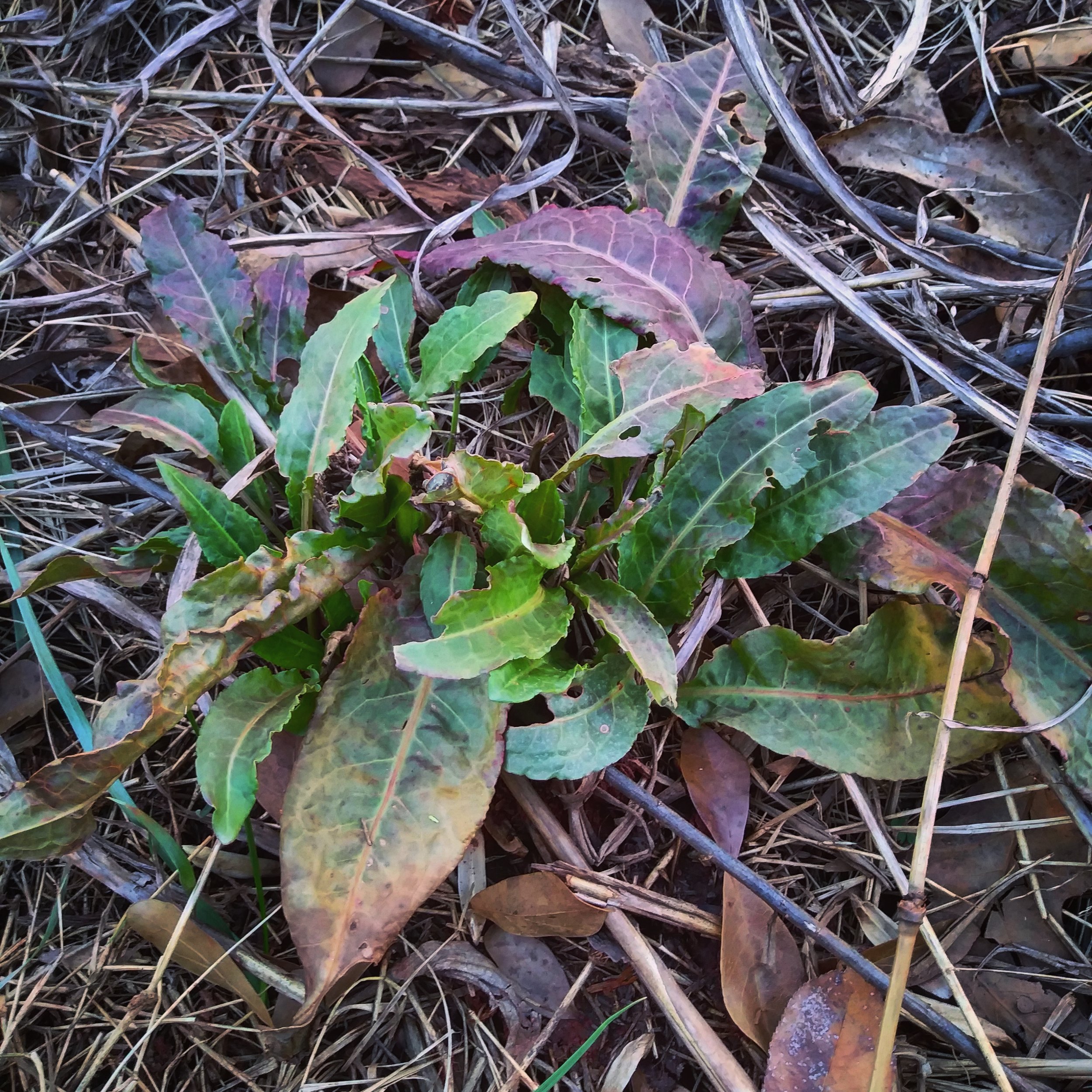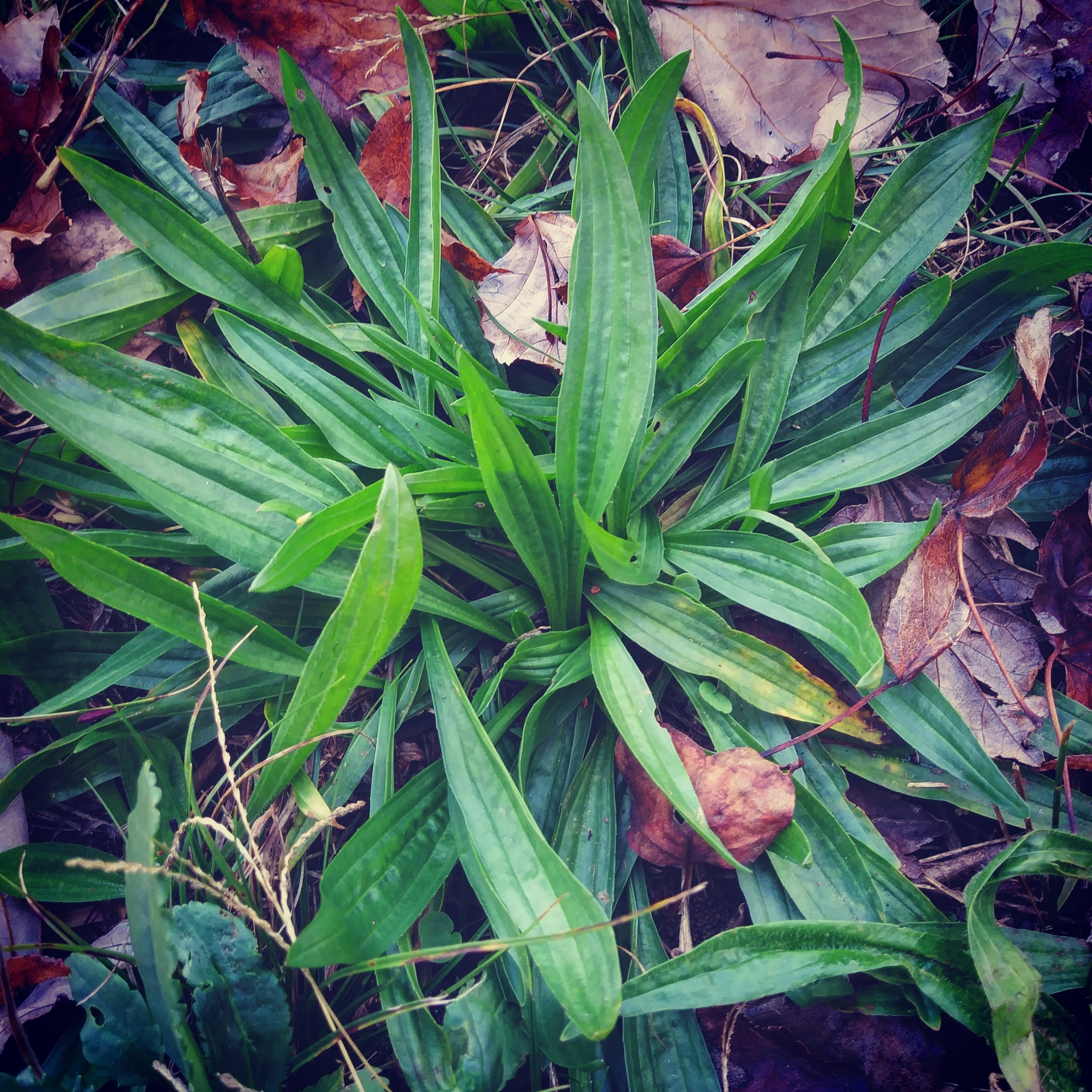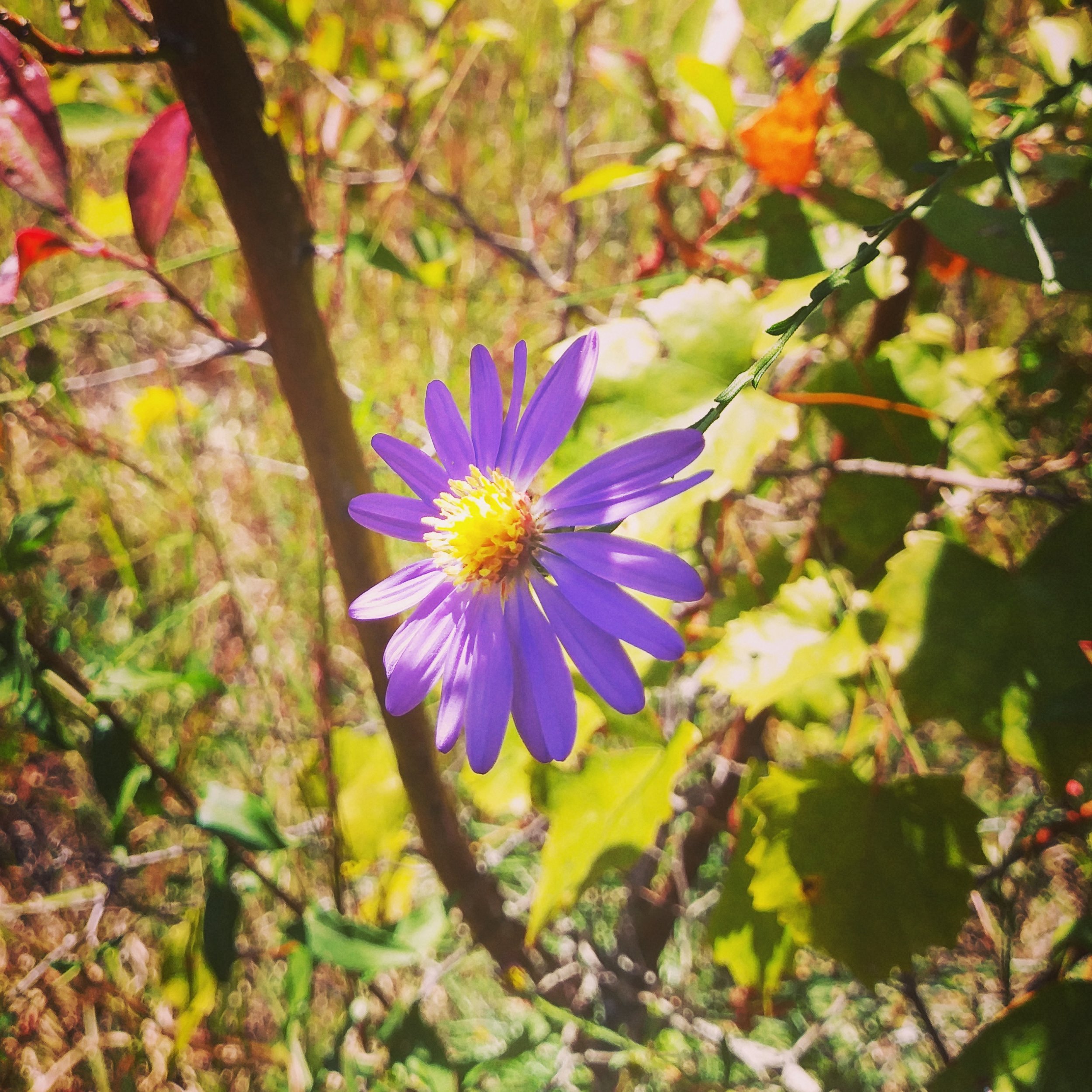"The shamrock became a symbol of rebellion, worn proudly by Irish freedom fighters attempting to throw off the oppressive English rule... a three-leaved middle finger to the British Crown for the whole world to see."
Read more#WildEdibleWednesday 3/7 - Eastern Redbud
"Many tribes also had a tradition of decorating their dwellings with redbud wreaths and twigs, to help “drive out the spirit of winter” and bring on planting time."
Read more#WildEdibleWednesday 2/28 - Chickweed
"Chickweed is just another example of how the most valuable plants in your yard are probably the ones you’ve been trying to kill. Along with plantain, oxalis, lamb’s ear, burdock, dandelion, and many more, there’s a whole salad bar and pharmacy right outside your front door."
Read more#WildEdibleWednesday 2/21 - Yucca
"Yucca has several survival and bushcraft uses, and they’re all really, really cool. Three particular ones stand out, however."
Read more#WildEdibleWednesday 2/14 - Wild Onion
"One of the most effective traditional uses of the plant is to crush up the leaves and rub down your whole body with them – it’s a surefire way to repel ticks, mosquitoes, biting flies, fleas, and other humans."
Read more#WildEdibleWednesday 2/7 - River Cane
"Where river cane really shines is in bushcrafting. The uses of river cane for projects big and small is limited only by your imagination. While not big enough to make cups, bowls, spar poles, and improvised iPhone speakers (if you know, you know) like bamboo, river cane is still a highly useful resource."
Read more#WildEdibleWednesday 1/31 - Creeping Cedar
"The first fossil records we have of this species are from the Carboniferous period, about 400 million years ago. Remains of this exact plant are being burned as coal this very day."
Read more#WildEdibleWednesday 1/24 - Wild Horseradish
"There is a compound called allyl isothiocyanate present in horseradish that is toxic to most bacteria, meaning that questionable or even outright spoiled meat could be cooked with horseradish and be considered reasonably safe to eat, and the pungent flavor would mask the taste."
Read more#WildEdibleWednesday 1/17 - Black Walnut
"Poachers will sneak onto a property in the middle of the night, cut down a walnut tree, and steal it... So if you have some of these trees on your property, our advice to you is to keep a good hold on your walnuts. Don’t want nobody touchin’ your walnuts without permission."
Read more#WildEdibleWednesday 1/10 - American Beech
Their bark is totally smooth – the only large tree in our area that doesn’t have textured bark when mature. This bark is a perfect canvas – look hard at any mature beech and you’ll probably see names, dates, hearts, and initials carved into the bark.
Read more#WildEdibleWednesday 1/3 - American Holly
Holly is NOT edible. The beautiful bright red (or slightly orange, depending on the soil) berries are one of the classic examples of “just because the birds are eating it, doesn’t mean you can eat it.”
Read more#WildEdibleWednesday 12/6 - Striped Wintergreen
Striped wintergreen’s primary value lies in being a powerful, reliable, year-round medicinal plant. It is a true lifesaving herb in the dead of winter, with a wide range of uses.
Read more#WildEdibleWednesday 11/29 - Hickory
"Tall, tough, and stout, hickories are among the most useful and desirable trees in the forest. Like oaks, there are a lot of different species of hickories, but also like oaks, it doesn’t really matter that much."
Read more#WildEdibleWednesday 11/22 - Red Oak
"In fact, as we celebrate Thanksgiving tomorrow… we should take a moment and remember that it was probably Indian-style acorn bread that the Separatists and Puritans of the Plymouth colony broke together with their Wampanoag allies in the very first Thanksgiving feast… a celebration of the American power to PREVAIL against all odds."
Read more#WildEdibleWednesday 11/15 - Narrowleaf Plantain
"Some plant species have suffered from the spread of humans. Some have benefited immensely. Plantain is in the latter category. In fact, plantain really owes its success, and arguably its existence, to the spread of humans."
Read more#WildEdibleWednesday 11/8 - Witch Hazel
"By the late 19th century, witch hazel was used in a whole host of patent medicines. In 1866, Connecticut industrialist T.N. Dickinson patented a process to extract and distill witch hazel water on a grand scale and sell it commercially. That process is still used to this day..."
Read more#WildEdibleWednesday 11/1 - Heartleaf Foamflower
One of foamflower’s saving graces is that it’s evergreen or semi-evergreen in most areas. Meaning, during the winter when most medicinal herbs are dormant and impossible to find, foamflower can still be located and utilized. So when the wind blows cold and the days grow dark, there’s still an herb that can come to your rescue.
Read more#WildEdibleWednesday 10/25 - Yellowroot
My grandmother still remembers the recipe she and her siblings were forced to take as kids any time they were sick: Start with high-proof moonshine. Mix in yellowroot extract, local honey, and peppermint oil. Heat it up hot, and take two tablespoons. It feels like swallowing fire, but it’ll clear a sore throat and cough right up.
Read more#WildEdibleWednesday 10/18 - Late Purple Aster
For this week’s #WildEdibleWednesday, we’re going to continue on our wildflower kick with Symphyotrichum patens, or the Late Purple Aster.
Read more#WildEdibleWednesday 10/11 - Goldenrod
"Goldenrod gets a bad rap for causing fall allergies, and it’s not surprising why… the bright yellow flower heads look like pure pollen. However, it’s really a case of mistaken identity..."
Read more



















